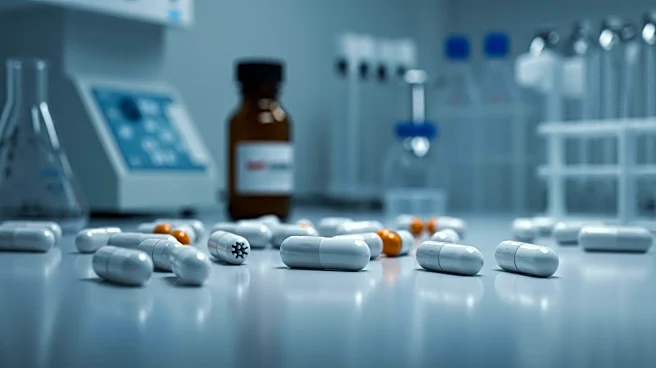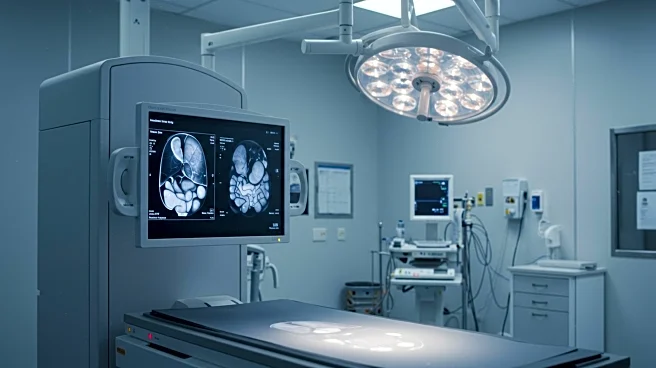Rapid Read • 7 min read
A team of researchers has outlined best practices for detecting and analyzing microplastics in biological samples, aiming to understand their impact on human health. Despite the presence of microplastics in various parts of the human body, there have been no definitive human trials to confirm their health effects. The researchers emphasize the need to quantify and analyze microplastics' concentration and composition in living organisms. Current detection techniques face limitations when analyzing biological samples, and there is no standard approach for this process. The study, published in Nature Reviews Bioengineering, suggests optimizing strategies for digestion, separation, enrichment, and detection of microplastics based on the organism under investigation.
AD
Understanding the health impact of microplastics is crucial as they are found in various parts of the human body. The outlined best practices could pave the way for more accurate and comprehensive studies, potentially leading to better health risk assessments and regulatory measures. The research highlights the need for standardized protocols to analyze microplastics' polymer types, shapes, and surface characteristics. Machine learning algorithms could play a significant role in reducing labor time and costs associated with microplastics identification. As awareness of microplastics' presence grows, this research could influence public health policies and consumer behavior.
The researchers' recommendations may lead to the development of standardized protocols for microplastics detection in biological samples. Future studies could focus on implementing these best practices to assess microplastics' health effects more accurately. The use of machine learning algorithms could enhance the efficiency of microplastics analysis, potentially accelerating research efforts. As scientific understanding of microplastics evolves, stakeholders may need to consider regulatory changes and public health initiatives to address potential risks. The research could also prompt further investigations into the environmental sources of microplastics and their pathways into the human body.
AD
More Stories You Might Enjoy










